Plan your genealogy trip to Norway now!
No one can deny that it is expensive to travel in Norway, but recently the Norwegian currency, the Krone, weakened and experts think the Krone is going to stay weak for a while. This means you get more Norwegian bang for your buck.
If you have some money stashed away, you might want to dig it up and take that long-planned trip to Norway.
As this is a genealogy blog, I write with the Norwegian “diaspora” in mind. Nevertheless, I hope this article can be of interest for anyone who wants to visit Norway.

Language
“You don’t speak Norwegian?” That is no problem. Most Norwegians speak English fairly well and are happy to practice the language. Anyone in a service position should be able to serve you or give understandable directions. A Norwegian speaking English may not be able to fill in the small talk we normally use. This can make him/her seem quiet or reserved. Well, some of us are quiet and reserved, but most often it is just the language barrier. Most Norwegians are happy to meet and communicate with you.
If you are meeting an elderly relative, he or she might not be able to speak English. Hopefully there is a child or grandchild at hand who can translate.
Safety
When travelling to a new place we are of course concerned about safety. On that account I am happy to say that Norway is a very safe country to visit. We have low crime rates. The crimes that takes place are mostly burglaries and theft.
You should apply the same precautions that you take any other place, by looking after your belongings and never walk alone in unlit areas in the bigger cities. I think it is fair to say that most Norwegians are pretty honest. If you should lose any of your belongings, the chances are that they, within a short time are delivered to the waiter at the restaurant you just visited, the guide at the museum or to the local police.
Travel considerations
American citizens can travel to Norway and stay for 90 days without a visa. You only need a valid passport that is valid for at least six months after your arrival. Check the expiration date as part of the initial planning process! Visitors from other countries should check with their Norwegian embassy. In most cases the travel agent will know which rules apply to you. You should check out the current rules and regulations well ahead of your departure.
There are no vaccinations required for Norway and you can drink the tap water.
Norway has very good health services. The pharmacies carry most kinds of medication. You should know the generic name of the medicine you are looking for as the product name can be different. It is always smart to bring prescription drugs. Be sure to have documentation from your physician if you bring syringes and needles.
Above all else; Get a travel insurance policy!! If you should fall ill, the weak Krone is not going to help. Even a short stay in hospital can be very expensive. I am a nurse and I once had to send off a foreigner, cured for his bodily ailments, but worried sick about how he was going to pay the hospital bill, as he had no insurance.

Group-travel or going by yourself?
That is up to you to decide. There are many group-travels offered. Some of them even with a genealogy theme. If you want to see the places where your ancestors lived, you should go on a self-guided tour.
It can sometimes be difficult to find the exact place your ancestor lived. Both farms and cotter’s places may be gone and no longer appear on maps. If you go on a self-guided tour, you might be able to find someone with local knowledge who can guide you. I have done so on a couple of occasions and I hope my guests enjoyed this as much as I did. To find a person I recommend reading my article “How to find fellow genealogists”. When looking for farms you might find some useful information in my article “Find Norwegian place names”.
When to go?
The tourist season in Norway is between June and August. This is the period you can expect the best weather, but also the most people. May and September can be nice. It is definitely fewer people around, but the weather is more unpredictable and many of the attractions have fewer open hours.
Money
The Norwegian currency is Kroner. On price tags in shops it is often abbreviated: NOK or Nkr put before the price or Kr behind the price. One Krone equals 100 øre. The øre is hardly ever used as the price is rounded up to the next Krone.
Major credit cards are accepted in places and services that cater to tourists. The young girls who sell strawberries on the side of the road and the fisherman selling shrimp from his boat in the harbor, does not accept credit cards.
ATM machines are found throughout Norway. Look for signs that say “MINIBANK”
Updated exchange rates can be found here http://www.norges-bank.no/en/Statistics/exchange_rates/
Getting there
For Trans-Atlantic visitors there are no other practical way to get to Norway other than by air. A large number of the major airlines fly frequently to Norway. Gardermoen by Oslo has the most international traffic. The other airports that receive international traffic are located by the cities; Bergen, Kristiansand, Moss, Sandefjord, Stavanger, Tromsø and Trondheim.
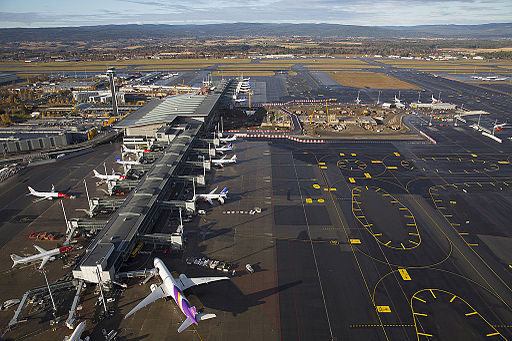
Travel in Norway
If your ancestors, for the most part, lived in larger towns and villages, you may be able to travel around Norway on public transportation.
Long hauls are most efficiently done by air. There are more than 50 airports throughout Norway. The national airlines SAS, Norwegian and Wideroe offer daily flights to most of them. Check out flights here https://avinor.no/en/https://www.nsb.no/en/our-destinations
The Norwegian railway system connects Oslo to the cities Stavanger (Sørlandsbanen), Bergen (Bergensbanen) and Trondheim. From Trondheim Nordlandsbanen takes you north to Fauske. Between Oslo and Bergen, you can get off at Myrdal and take Flåmsbanen down to Flåm by the

Busses are great means of transportation, both within towns and also for longer distances. Here is a link to check out this alternative http://www.visitnorway.com/plan-your-trip/getting-around/by-bus/?lang=usa
Boats and ferries connect islands and cross deep fjords. The Norwegian coastal cruiser Hutigruten is called the world’s most beautiful sea voyage. It travels from Bergen to Kirkenes. It is a very beautiful journey. The draw-back is that it docks for a very short time in most of the different ports. Some places you are offered to go by bus over land to the next port of call. This can be a nice way to see more of the country. If you are the adventurous type, you should consider going on Hurtigruten in winter. The weather can get rough. Check out https://www.hurtigruten.us/
Taxis can be hailed at taxi ranks. They are found at the airports, train stations

Renting a car is an alternative that many choose. This way you are free to visit any place you wish, on your own timetable. If you travel with small children, firms rent out children’s safety seats. In summer and weekends these needs to be booked in advance. I have never rented a car in Norway, but my impression is that the companies with the most outlets are:
Avis https://www.avis.com/car-rental/avisHome/home.ac
Hertz https://www.hertz.no/rentacar/reservation/
EuroCar http://www.europcar.no/en/
Budget http://www.budget.no/
Sixt www.sixt.no
My friend Judy, who visited Norway last year says, in her comment below, that it is far less expensive to rent a car for your Norwegian travels before you leave for Norway. Costs are much lower particularly if you have some affiliation such as AARP or AAA.
If you know that you will deliver the car at the same place you rented it, there are many smaller local companies that will compete for your business.
Make sure you check the insurance with the car rental company. They often offer comprehensive policies and it can be smart to pay a few kroner more and be covered for every eventuality.
Tourists I have talked to find driving in rural Norway pretty straight forward. Driving in towns though, can be a little more intimidating. Bergen was once said to be Europe’s most difficult town to navigate by car. It has many narrow on-way streets. Oslo can be challenging. It is advisable to spend some time with a map. Roads are mostly in good conditions, but there are few overtaking lanes. This, in addition to winding roads may make travel times by car slow. In parts of the country roads can be narrow.
Norway have very heavy punishments for driving under the influence of alcohol. It’s not smart to take any chances. If the police’s Alco meter goes off, you are in big trouble.
There are a large number of roadside speed cameras, and police speed-surveillance. If you are caught speeding your already expensive trip quickly get much more expensive. If you plan to drive in Norway, you might want to have a look at this link http://www.vegvesen.no/en/Home
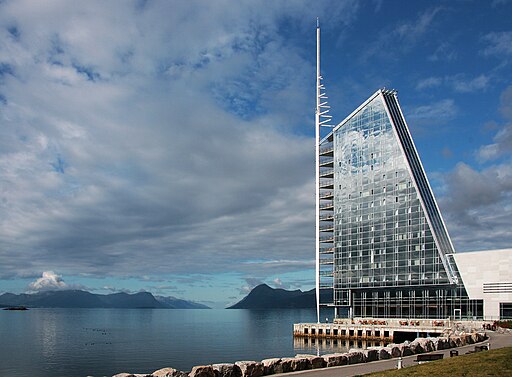
Accommodations
Norway offers many choices when it comes to accommodations. This range from camping sites where you can rent cabins to international standard hotels. The number of choices will, of course, depend on the size of the town or village you are visiting. I suggest that you check out the links below and read reviews (there are probably several other sites that offer similar services).
Accommodations presented through these services should offer on-line booking.
Another alternative are the socalled Airbnb. This is accommodations in private homes. Check out this alternative.
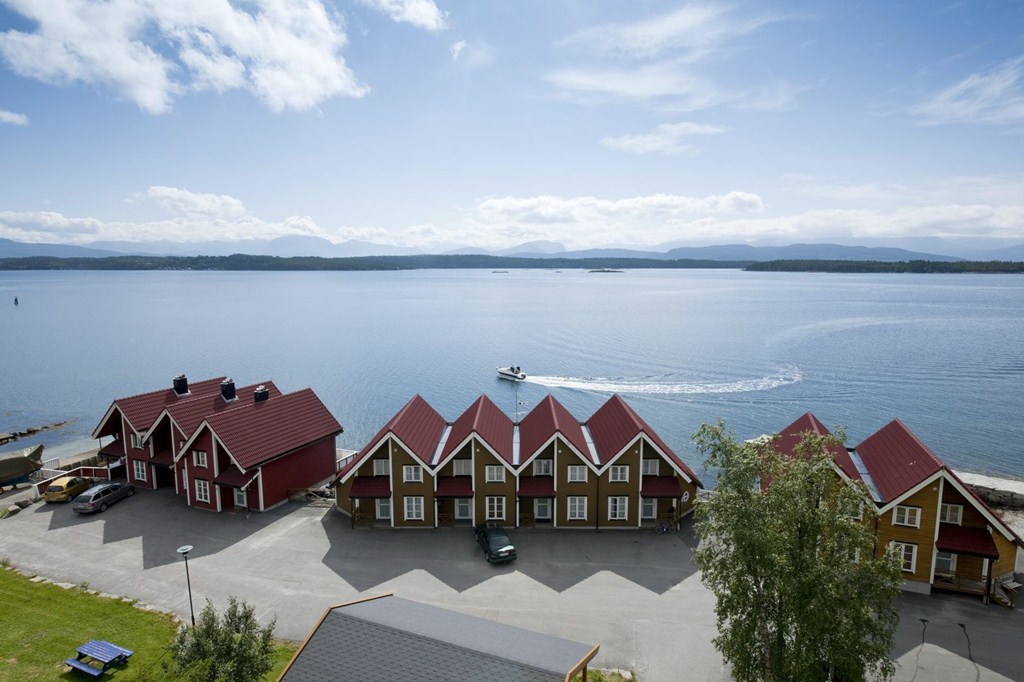
http://hihostels.no/ offer information about hostels in Norway. The rooms usually are very simple. Most of them offer communal facilities (kitchen/bathroom). In some hostels you are expected to bring your own bed linen, but this can usually be rented on site. If you are the social type it can be interesting to stay here.
At http://www.camping.no/en/ you get an overview of different camp-sites in Norway. Most of these offer cabins for rent. The size and quality of these may vary. If you travel Norway by car it can be nice to stay at camp-sites. They are normally out in the countryside away from the noise in towns. You will also have the opportunity to prepare your own food. If you plan to rent a cabin in the tourist season, you need to make reservations in advance. If you drive a RV or plan to set up a tent, there are most often room and you can take things on-the-fly. It is still a smart to call in advance. Many camp-sites situated by the sea have boats and fishing gear for rent.
As you can see, many of the accommodations I have listed give you the opportunity to prepare your own food. It can be a way to save a few bucks.
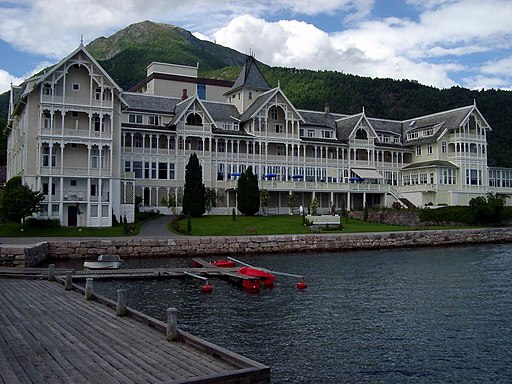
Eating and drinking
Except from meals like Lutefisk and Smalahove, Norwegian food is excellent. We have a varied diet of both meat and fish. Norwegian bread is very tasty. When in Norway you should absolutely check out some local specialties.
Most hotels offer breakfast as part of the deal. If not, you can hit the local bakery or grocery store and get newly baked bread rolls. Together with a tube of soft cheese or Mills caviar, this makes a great breakfast. You can also buy fresh shrimp from a boat in the harbor. Together with a tube of mayonaise, this is a real treat. Yummy!
Lunch is normally served from noon to 3pm. This is, of course a meal where you can repeat your self-catered success from breakfast or you can visit one of many restaurants and cafes. Look for a sign that says “Dagens” that presents the specialty of the day. This is usually cheaper than ordering from the menu.
Dinner is normally served from 6pm to 11pm.
It cannot be denied that eating out is expensive in Norway. There is a heavy taxation on beer, wine and spirits so it is expensive. Nevertheless, if you do drink you should try the Norwegian Aquavit. There are many brands. Also Norwegian beer is very good. In the recent years many small breweries have popped up. They make many different brands that can be fun to test out.
You will find all sorts of fast-food places. McDonald’s, Burger King and other are found in many towns. You can look for “Gatekjøkken” where you can buy hot-dogs, hamburgers and other quickly prepared dishes.
These fast-food places are, of course, cheaper than the restaurants, but don’t expect to pay the same prices as you do at your local McDonald’s.

Climate and clothing
The weather in Norway is much warmer than you might expect. The Gulf Stream brings warmth that makes temperatures in summer reach 30 degrees Celsius. However, the weather can change fast and you may experience lots of different conditions. From June to August we normally have the best weather. It does depend on what areas you plan to visit. In very general terms you can say that the weather in the south-eastern parts of Norway is the best and most stable. If you are travelling the coast from Stavanger and up north the chances for rain and wind is greater.
Based on this very generalized “weather forecast”, you should bring clothes for different situations. Layered clothing is the best approach. Bring both long and short-sleeved shirts/tops and a light jacket that, preferably, can stop wind and has some water resisting qualities. A pair of shorts can be nice if the weather permits. I often wear zip-off trousers when travelling. If it gets hot I just zip off the legs and have a comfortable pair of shorts.
Shoes should be chosen accordingly. On a warm day on dry roads, sandals or light sneakers/shoes will work. On a rainy day, or if you plan to get off the roads to search for the remains of the cotter’s place your ancestors left, you need something tougher, preferably water-proof.
Cellphones and Wi-Fi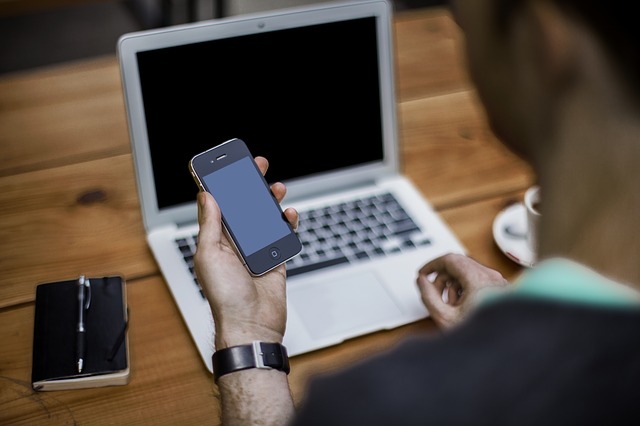
In developed areas Norway is well covered with cellphone access. In the mountains there are areas with no signal. You can use your home-cellphone in Norway. The prices usually are reasonable, but be sure to check with your service provider about the cost of roaming (having your calls/internet-surfing carried by a different company).
All Norwegian phone numbers have eight digits. There are no area codes in Norway.
Directory assistance: call 180 (costs about a dollar a minute)
Norway country code: 47
International access code: 00
Wi-Fi is available in most hotels, some cafes and restaurants. There are also some ferries and passenger boats that have Wi-Fi. You may have to ask for an access code. The quality of the service varies a lot.
If you don’t have a device that connects to Wi-Fi, there are some very few internet-cafes. If you need to connect, most public libraries offer free PC’s with internet access. Your access time may be limited as there normally are many who wants to use it. Many hotels have computers in the public areas for guests to use.
Electricity
Norway runs 230V AC 50 Hertz. Electric appliances use continental-style two-pin plugs. Power converters can be borrowed at some hotels. Electrical supply stores do not usually sell adapters so you should bring the adapters you need.
Some power adaptors/chargers for laptops and cameras do automatically adapt to 230V. Be sure to check if this is true for your device! Deep fried laptops are no fun.
Tourist information
The tourist offices in Norway are acclaimed for their outstanding service. They are found in all towns, in several villages and at tourist hot-spots. Their signs may vary slightly in design, but you should look for a sign with an “i” on.
The tourist offices offer various travel brochures for free. They often have more comprehensive literature for sale. The attendants have local knowledge and should be able to answer every question.
You must check out the Norwegian Tourist Board’s website. It is very good, has lots of information and beautiful pictures http://www.visitnorway.com/?lang=usa (Even if you are not planning to go to Norway you should visit and enjoy the pictures at this website)
I know that many of you who read my blog have been to Norway. Please comment below and share your experiences as we together try to make future visitor’s stay in Norway as great an experience as possible.
My former teacher from Arkansas City, Kansas; Tim Harmon visited Norway last year and kindly let me use some of his pictures. Click on the pictures and navigate the picture carousel:
Pictures: Wikimedia attribution Creative Commons

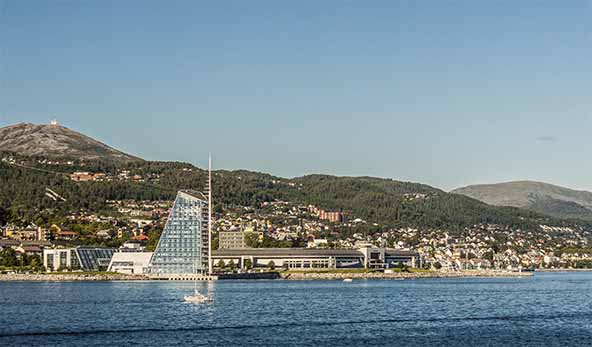
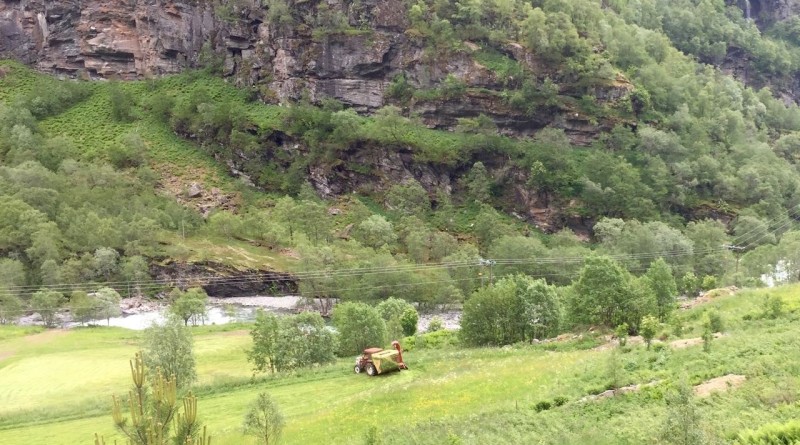
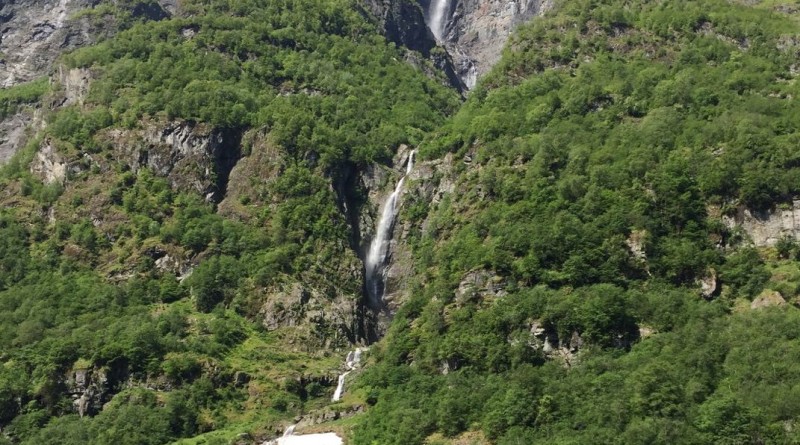
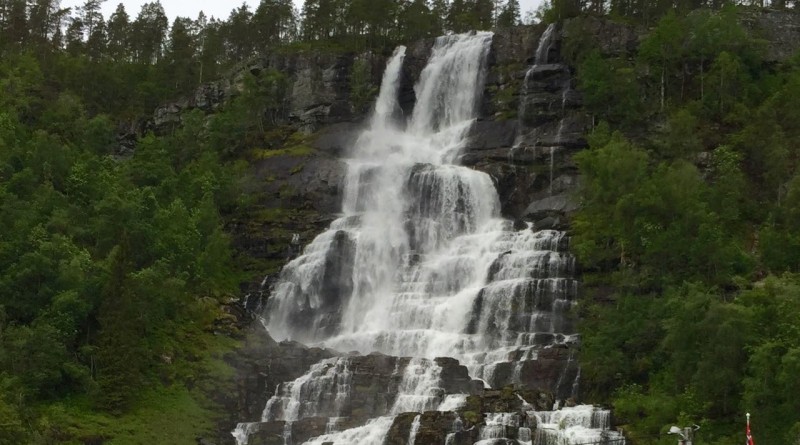
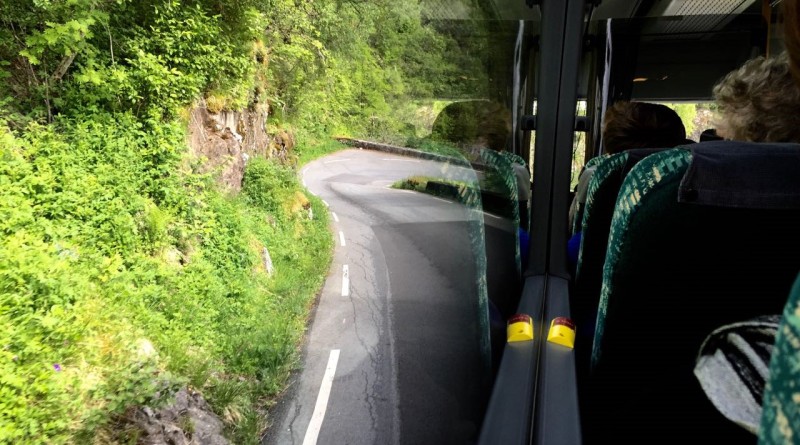
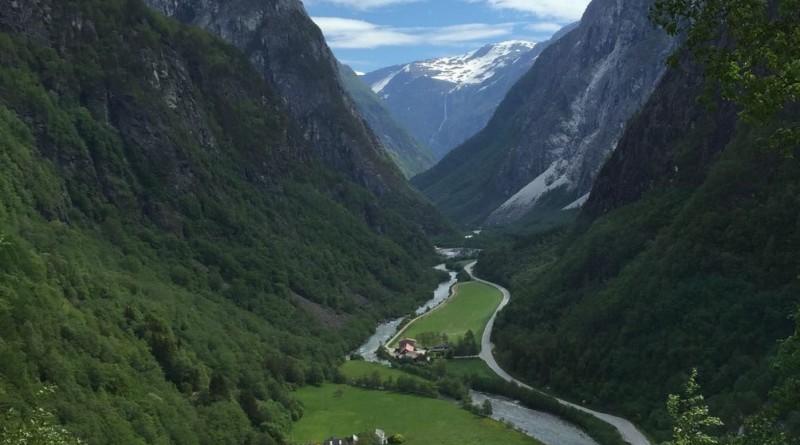
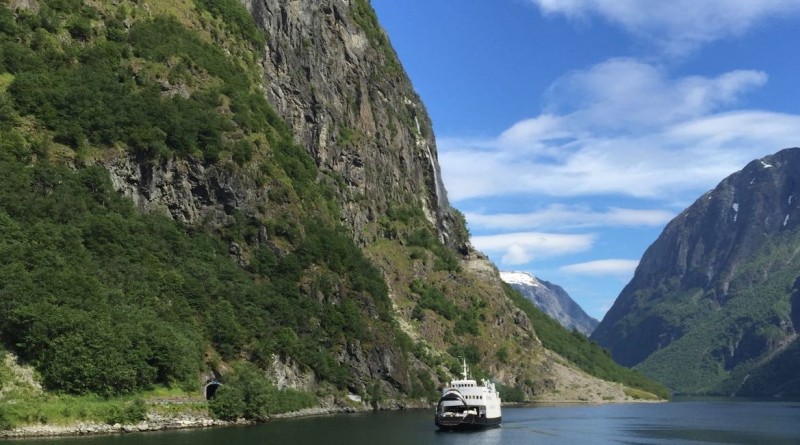
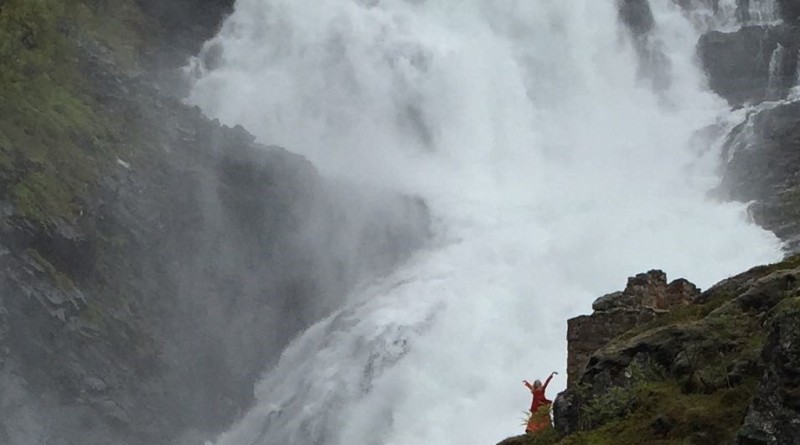

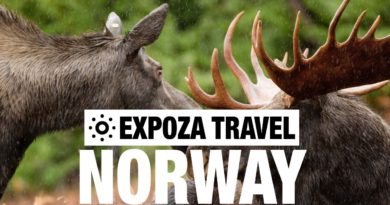
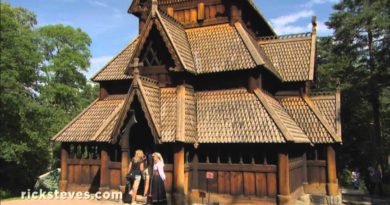
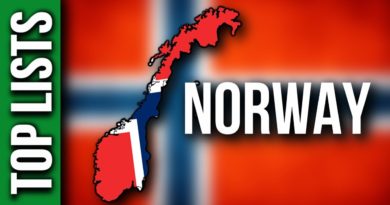
Thank you for an excellent overview of travel facts for Norway. Several comments for North Americans traveling to Norway:
1. It is far less expensive to rent a car for your Norwegian travels before you leave for Norway. Costs are much lower particularly if you have some affiliation such as AARP or AAA.
2. European countries, including Norway, require that your passport be valid for at least six months after your arrival. Check the expiration date as part of the initial planning process!
3. You have to get an international plan for your cell phone or pay a fortune particularly for data. Another option is to get a Norwegian SIM card for your phone.
4. If you are trying to budget, in addition to Martin’s excellent suggestions about food, many towns have “self-catering” hotels that come with a kitchenette.
Thank you so much for Your comment Judith! Your views and experience truly adds value. Martin
We are renting the majority of our 18 nights through AirBnB. Although you can find just bedrooms available for a good price (usually with kitchen access), we have rented one-bedroom apartments for our sole use. We have found many selections for under $100/USD. This will definitely help make our trip more affordable, especially since we can cook our own meals.
Thanks for commenting Kay. AirBnB seems to be a good alternativefor accomodations. I didn’t know about this service.